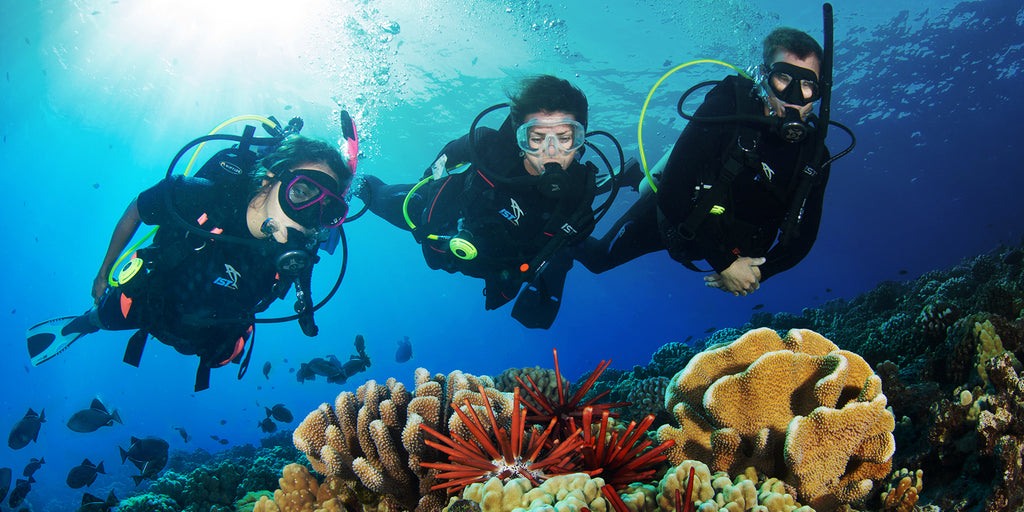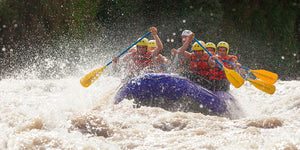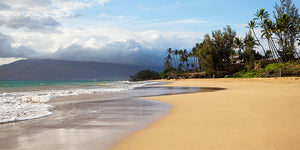Different Ways to Dive

SCUBA Diving opens up a whole new world for us to explore. And just like our world on the surface, there are countless adventures to be had and just as many methods to go about them. PADI, the Professional Association of Diving Instructors, offers a wide range of certification courses aimed at getting divers ready to try new ways of going underwater. Once you’ve received your general certification and are SCUBA ready, you can start to consider the kinds of advanced courses you might be interested in. Here’s a quick list to get the brainstorming going.
Rescue Diving
Described as “the most challenging, yet most rewarding” certification offered by PADI, the Rescue Diver course teaches you to recognize and handle emergency situations to save yourself or other divers who may be in trouble, even those who are unresponsive.
Altitude Diving
If you’re interested in diving in mountain lakes, this is the course for you. Any elevation over 1000 ft/300 metres above sea level counts as Altitude Diving. Some popular locations for Altitude Diving include Yellowstone National Park and The Pyrenees Mountains. The course covers a variety of topics, including how to set up your gear for the difference in altitude and potential problems that are more likely to occur at altitude.
Cavern Diving
Caverns are mysterious and tempting places to explore, but are also dangerous without the right training. The Cavern Diving certification will help you learn about advanced equipment and techniques to make the closed-in environment safer. Such topics will include lighting, reels, and back-up kits, as well as strategies to avoid disorientation and silting the water.
Equipment Specialist
Though this course won’t expand your range of potential diving locations, it will help you make the most of every dive. By learning routine care and maintenance of your gear, you’ll extend the lifetime of your equipment and be able to make adjustments as needed if something goes wrong.
Night Diving
The world becomes a totally different place after the sun goes down, and that includes underwater. A certification in Night Diving will teach you how to orient yourself in the dark, how to effectively use a light under water, and even the different animals and plants you’ll encounter.
Underwater Naturalist
Even when you pay close attention, if you don’t know what you’re looking for, you might miss something. The Underwater Naturalist certification goes more in-depth about underwater ecosystems and teaches you to see more clearly how the sea comes to life. This course also teaches how to responsibly interact with aquatic life, making it a great experience for younger divers.
The PADI course catalog offers dozens of choices and even features a “Course Chart”, showing how they break down the pre-requisite certifications for each course and the path taken to reach the next level. Be sure to double check if there are any age restrictions or additional equipment requirements before you sign up for a course. Many PADI certifications are available for younger divers but for some such as Cavern Diving you must be at least 18 years old.
The PADI course catalog can be found here: https://www.padi.com/padi-courses/padi-course-catalog
- Watersports Staff






Comments 0